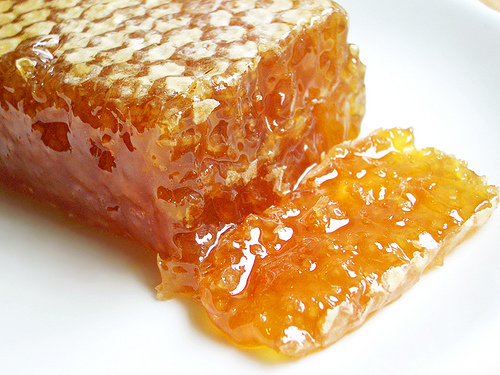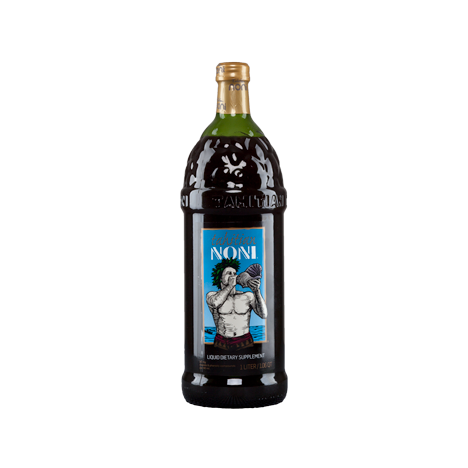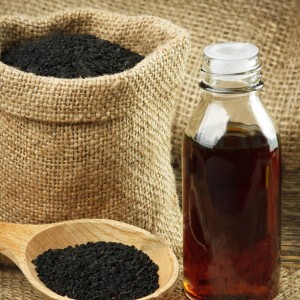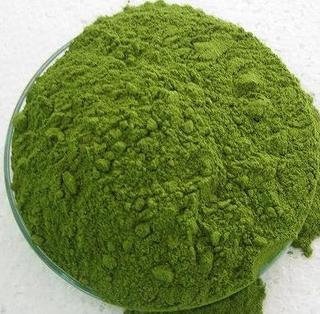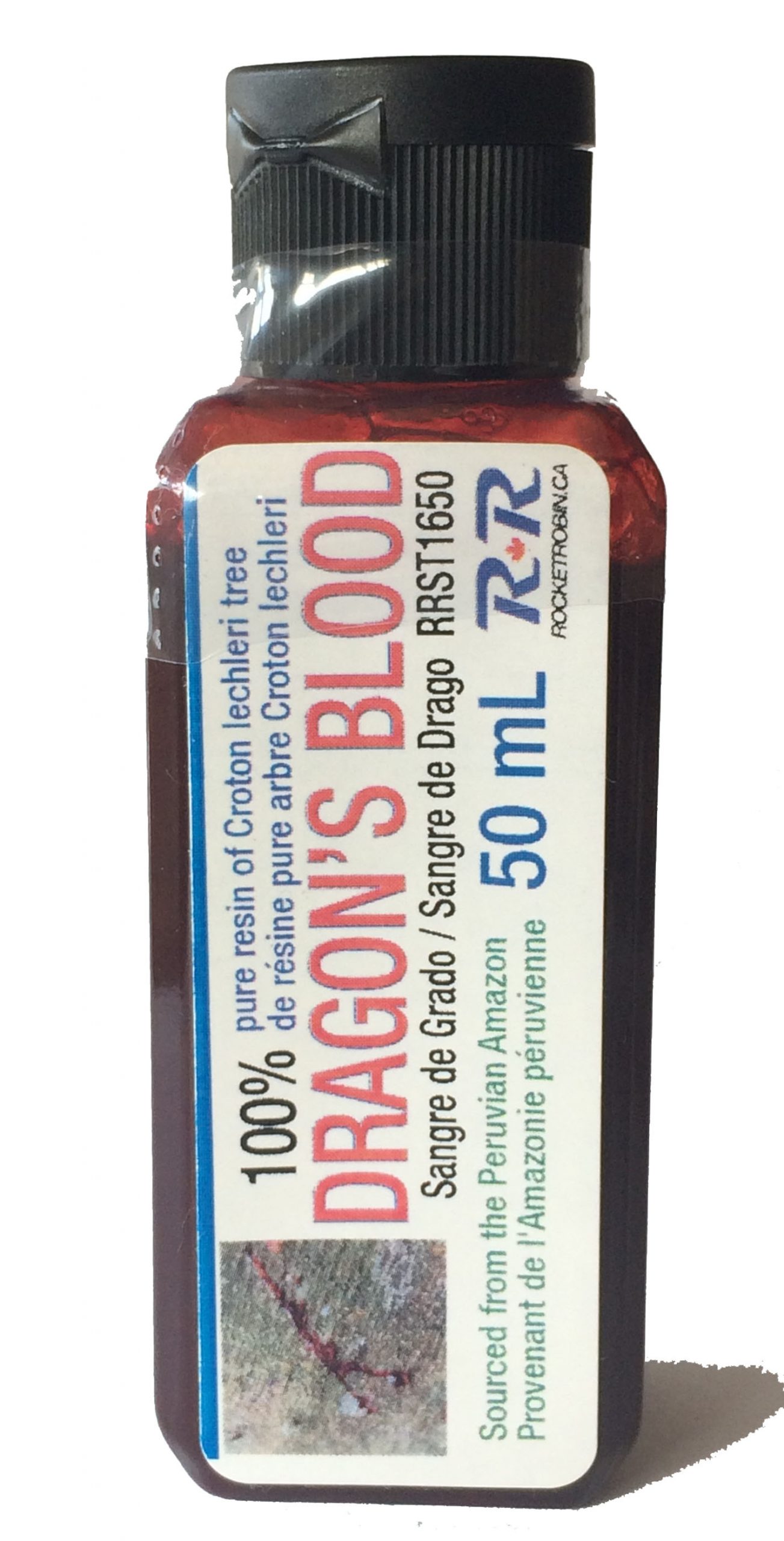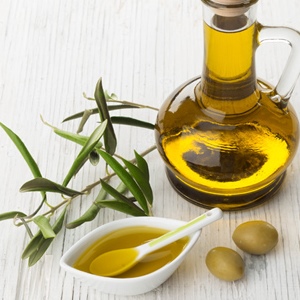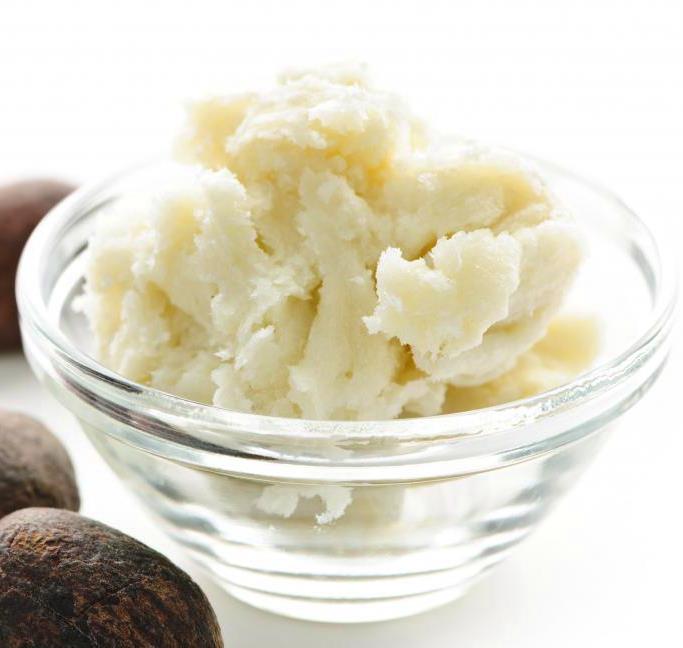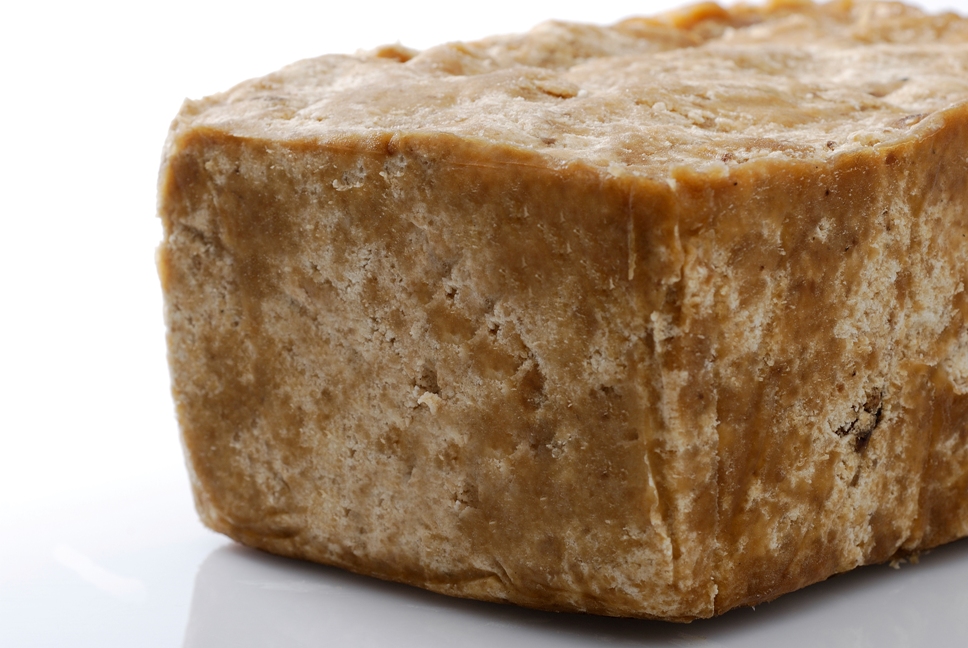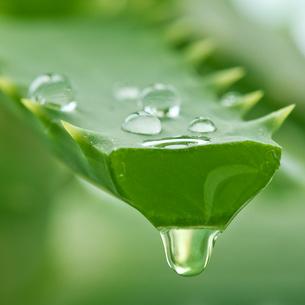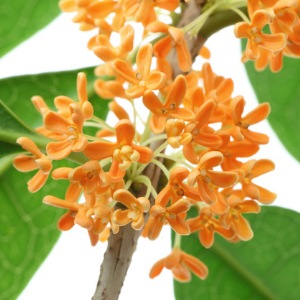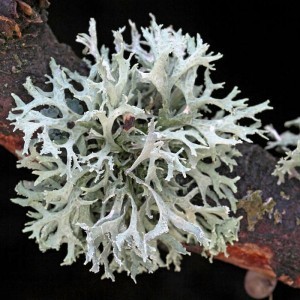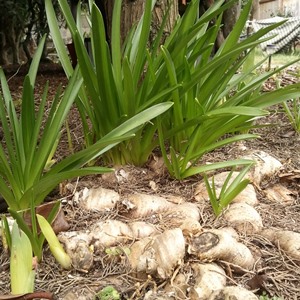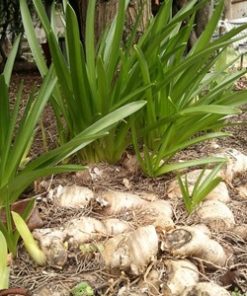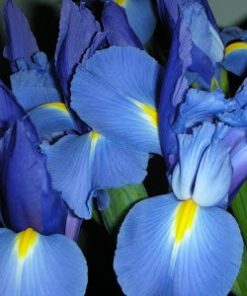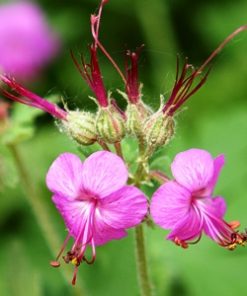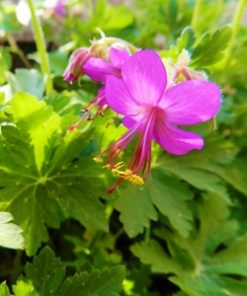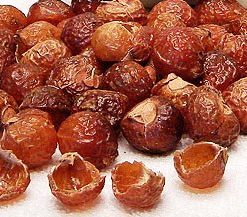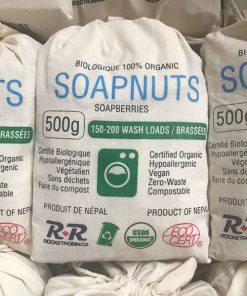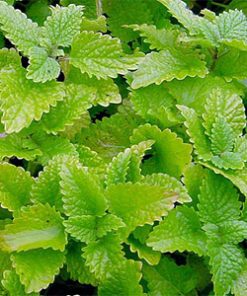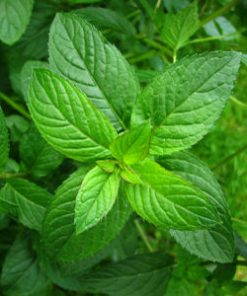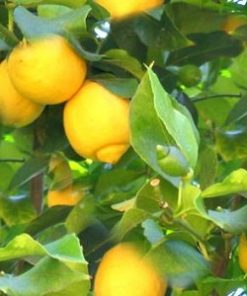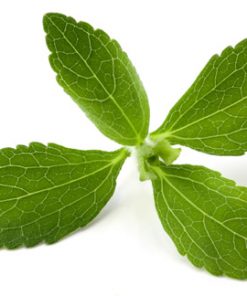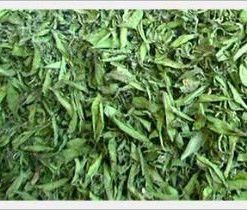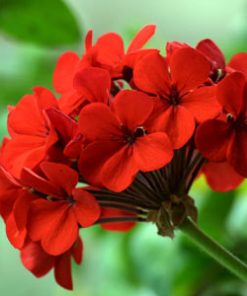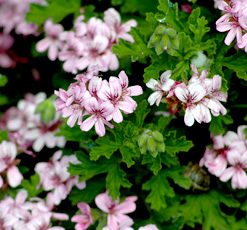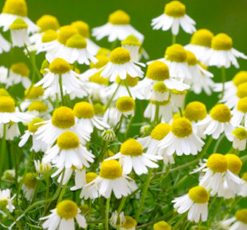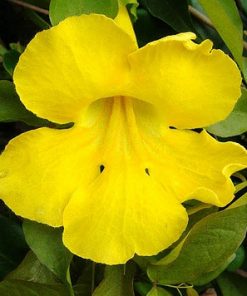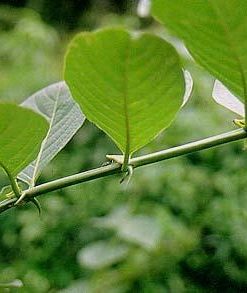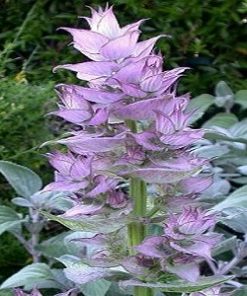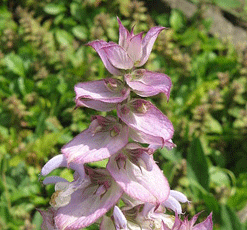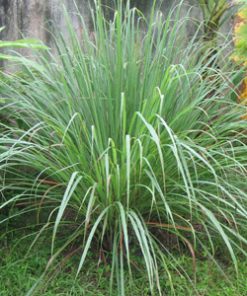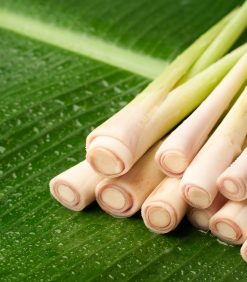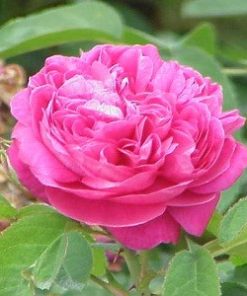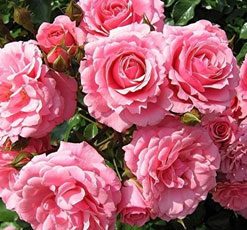-
×
 Chuchuhuasi - Powder
1 × $7.00
Chuchuhuasi - Powder
1 × $7.00
Description
Orris Absolute Oil (5 mL)
Orris root (rhizoma iridis) is a term used for the roots Iris germanica and Iris pallida. After an initial drying period, which can take five years or more depending on the use, the root is ground. For potpourri, this powder is used without further processing. For other uses, it is dissolved in water and then distilled. It becomes a highly scented, yellow-brown crystalline form. One ton of iris root produces two kilos of essential oil, also referred to as ‘orris root butter’ or ‘butter of iris’, making it a highly prized substance. Its fragrance has been described as tenaciously flowery, heavy and woody. It is similar to violets.
Orris root is typically employed these days as a primary component in most perfumes, as the scent of orris root enhances and improves the body of most scents, creating far more pleasant and lasting notes with added depth and allure than if merely concocted sans orris root. This practice of employing orris root for perfumery dates back to the early 1700s, although the use of the root itself in cosmetics goes back to the time of the Ancient Egyptians, where it was used as a body spice, a type of incense, and of course – a perfume in its own right.
HISTORY OF USE
Orris Root is the dried root of one species of the beautiful iris, a highly decorative flower that is a native of the eastern Mediterranean region, extending into northern India and northern Africa and now growing mainly as an ornamental throughout Europe and North America. The rhizomes, or roots, are cultivated in southern Europe for medicinal purposes, mostly on mountain slopes, and are derived from three species of iris (I. germanica – German iris), I. florentina – Florentine iris and I. pallida – Dalmatian or pale iris). The iris is typically an erect, basal plant with bluish-green, sword-like leaves with flowers (which vary according to the species) of pale blue, violet or white, and resembling the fleur-de-lis. The plant thrives in well-drained, neutral-to-alkaline soil in full sun; and the beautiful, violet scent of the root intensifies as it ages and dries. The iris is named after the rainbow goddess, Iris, because of the beauty and variety of colors in the flowers of the genus. In ancient times, it was the symbol of power and majesty and is the origin of the royal scepter, with the three leaves typifying faith, wisdom and valor. The importance of the dried root of the iris (Rhizoma iridis) was recorded in ancient Egypt, Greece and Rome for its fragrance and inclusion in unguents, and it remains an important component in herbal medicine and indispensable as a fixative in the perfume industry today. The thirteenth-century writer, Petrus de Crescentiro, of Bologna, mentions the cultivation of irises and advises about the optimum season for collecting the roots for medicinal use. In North America, another species of iris (I. versicolor) was one of the most widely used medicinal plants among Native Americans. The Creeks valued it so highly that they cultivated it near their villages. Blue Flag (a wild iris variety) was listed in the United States Pharmacopoeia from 1820 through 1895 as an emetic and purgative. In addition to its importance today in herbal medicine and in perfumery, Orris Root is also used as a flavoring in candies, an ingredient in dental preparations as a breath freshener and gum strengthener, in dusting powders and in potpourris. Some of the constituents included in Orris Root are volatile oil (called oil of orris, also known commercially as orris butter, and includes irone, a liquid ketone, which gives the herb its violet scent that intensifies as the root dries and ages), myristic acid, fat, resin, starch, mucilage, a bitter extractive and a glucoside named iridin.
Once important in western herbal medicine, it is now used mainly as a fixative and base note in perfumery, the most widely used fixative for potpourri. Orris is also an ingredient in many brands of gin.
Fabienne Pavia, in her book L’univers des Parfums (1995, ed. Solar), states that in the manufacturing of perfumes using orris, the scent of the iris root differs from that of the flower. After preparation the scent is reminiscent of the smell of violets.
The principal use of the dried root is in perfumery, in sachet powders and to flavour dentifrices, toothpowders and cachous (throat lozenge).
Oil of Orris, obtained by distilling powdered Orris root with steam, has an intense and extremely delicate odour of the fresh Violet and commands a high price. It is used commercially in the preparation of the finest scents and is also blended with artificial Violet perfumes, the odour of which it renders more subtle. Orris has the power of strengthening the odour of other fragrant bodies and is used as a fixative in perfumery.
Fragrance Impact: The fragrance of orris root is warm, sweet and reminiscent of the smell of violets. Its scent has been described as tenaciously flowery, heavy and woody.
Botanical Name: Iris pallida
Description: Orris root – is the root of some species of iris, grown principally in southern Europe. Once important in western herbal medicine, it is now used mainly as a fixative and base note in perfumery, as well as an ingredient in many brands of gin (perhaps most famously in Bombay Sapphire gin). Orris root must generally be hung and aged for 5 years before It can be used for perfumery.
Properties: Antidepressant, Diuretic and Skin Care properties.
Uses: Beneficial for treating the ailments such as cough and diarrhea. But mainly used in perfumery wherein it adds a powdery note along with the floral.
Source: Europe
Characteristics: Orris Root is valued in perfumery for its violet-like aroma and its unique fixative qualities. This oil tends to separate making it a bit hard to work with, however, it is highly recommended for those who are looking for this unusual and hard to find oil. It blends best with fixed oils and works excellently in solid perfumes.
Production Method: Solvent or CO2 Extraction
Many different species of Iris exist. However, Iris extracts are only produced on a commercial scale from Iris pallida, Iris germanica and Iris florentina. Iris rhizomes, also known as orris roots, are harvested, washed, dried, peeled and aged for up to 5 years. The ground orris root powder can be steam-distilled to obtain essential oil. Alternatively, Iris concrete, also known as Iris butter, can be extracted using a solvent, such as hexane. Iris concrete may be further processed to obtain Iris absolute, also
known as orris absolute.
Caution: NEVER USE INTERNALLY.
- Not recommended for pregnant women and infants.
Individuals with serious and chronic health issues should consult an expert prior to using oils.
TRUST ROCKET ROBIN
Rocket Robin is proud to be your supplier of truly natural products with simple ingredients in support of your family’s health and well-being.
Additional information
| Weight | 0.1 kg |
|---|---|
| Dimensions | 5 × 5 × 5 cm |
Reviews (0)
Only logged in customers who have purchased this product can leave a review.
Related products
Sale!
$5.00 – $39.99
This product has multiple variants. The options may be chosen on the product page

